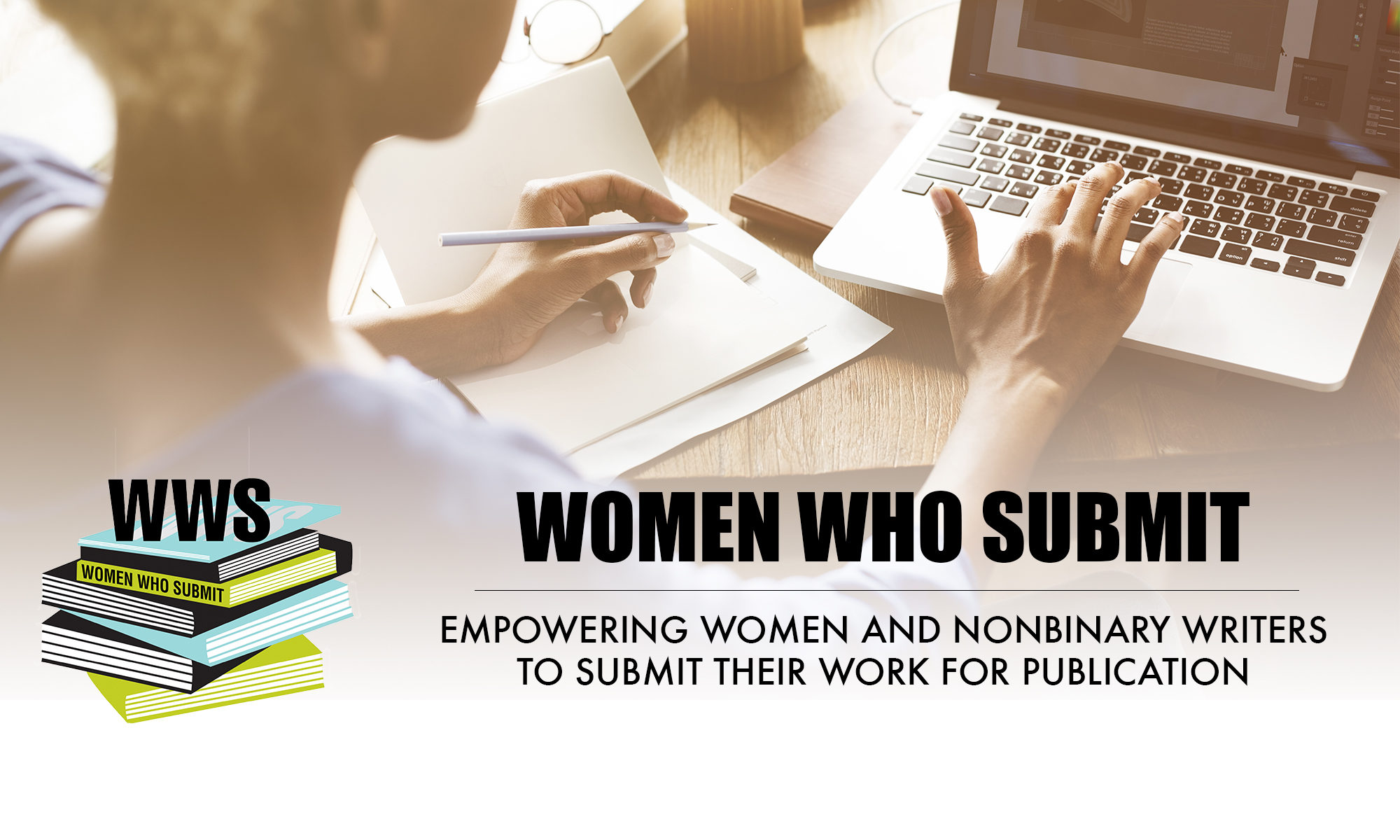By Xochitl-Julisa Bermejo
Let me begin by saying that we currently have an IndieGoGo Campaign to raise funds for our 2020 programming. Please consider donating and help us fight for gender parity in publishing. For those new to WWS, allow me to share some of our history and how we’ve arrived at our first ever fundraising drive.
In June 2011, Alyss Dixson and Ashaki M. Jackson invited me to help plan and host our first submission party. Our mission was to empower women writers to submit to journals in hopes of changing the gender disparity recorded by the first Vida Count. At this first party, I made quiche to share, we created a lending library of journals, and we set up a moving office with printer, paper, envelopes, and stamps. About six women met that day to set goals and submit work. Every time a person submitted the room cheered. With the exception of the moving office (since most journals now accept online submissions), these details have become the essential characteristics of any Women Who Submit event.
Over the years we continued to meet. One year we met about an average of once a season, and at one meeting we only had three participants, but we never stopped meeting.
In the summer of 2014, Writ Large Press launched their first #90for90 series, where they hosted 90 literary events in 90 days. Excited by the series, I reached out to then WLP partner, Jessica Ceballos and asked if there was room for a Women Who Submit event. She said yes, and we decided to host a panel on publishing a first book called “It’s a Book!” with author of Remedy for a Broken Angel, Toni Ann Johnson, author of Codeswitch: Fires from Mi Corazón, Iris de Anda, author of Harrowgate, Kate Maruyama, author of Spent, Antonia Crane, and hosted by Tisha Marie Reichle-Aguilera. This was our first official public event.
That same summer Tisha, Ashaki, Ramona Gonzales, and myself got together to write our first grant proposal. We had several meetings where we parsed out duties and fined-tuned our narrative. In that grant we proposed a professional development workshop series. We weren’t awarded the grant, but since we’d done the work to create the program, we decided to move forward with implementing it.
In 2016 I invited small group of writers to create a leadership team, along with those already involved to help manage our growing community.
Over the last few years we’ve had workshops on contest strategies, mothering and writing, building a website, finding an agent, self-care, applying to workshops, residencies and fellowships, writing an essay, and so forth. We went from hosting events at different literary and cultural spaces around Los Angeles to now having an ongoing residency at the Exposition Park Regional Library, thanks to literary community advocate and librarian Eugene Owens. And we’ve presented at AWP, Binder Con, Lambda Lit Fest, Macondo Writers Workshop, among others.
In 2017 we were awarded our first programming grant from CCI Arts, which allowed us to make our workshops a regular bimonthly event, pay our guest speakers, gift small grants to our members to offset submission fees, livestream workshops for accessibility, and publish our first anthology (to be released at AWP 2020).
In 2019, thanks to a generous donation from Kit Reed’s family, we were able to offer three writers travel grants to attend writing workshops out of state, and we were awarded our second grant, a matching Local Impact grant from the California Arts Council.
To have this community continue we need your help! All this programming is offered for free, and it’s part of our mission to continue to offer impactful resources to women and non-binary writers for free, but it’s not free to build and manage.
Check out our IndieGoGo campaign, and help us empower writers submit and fight for gender parity in publishing.









 Noriko Nakada is a public school teacher and the editor of the Breathe and Push column. She writes, blogs, tweets, and parents in Los Angeles. She is committed to writing thought-provoking creative non-fiction, fiction, and poetry.
Noriko Nakada is a public school teacher and the editor of the Breathe and Push column. She writes, blogs, tweets, and parents in Los Angeles. She is committed to writing thought-provoking creative non-fiction, fiction, and poetry.